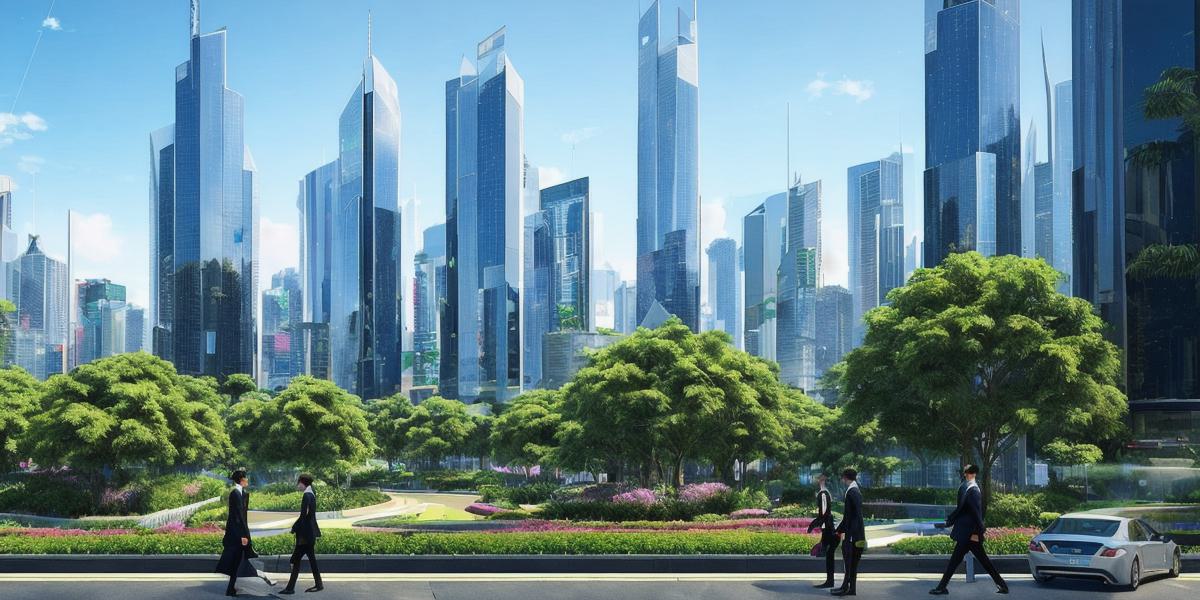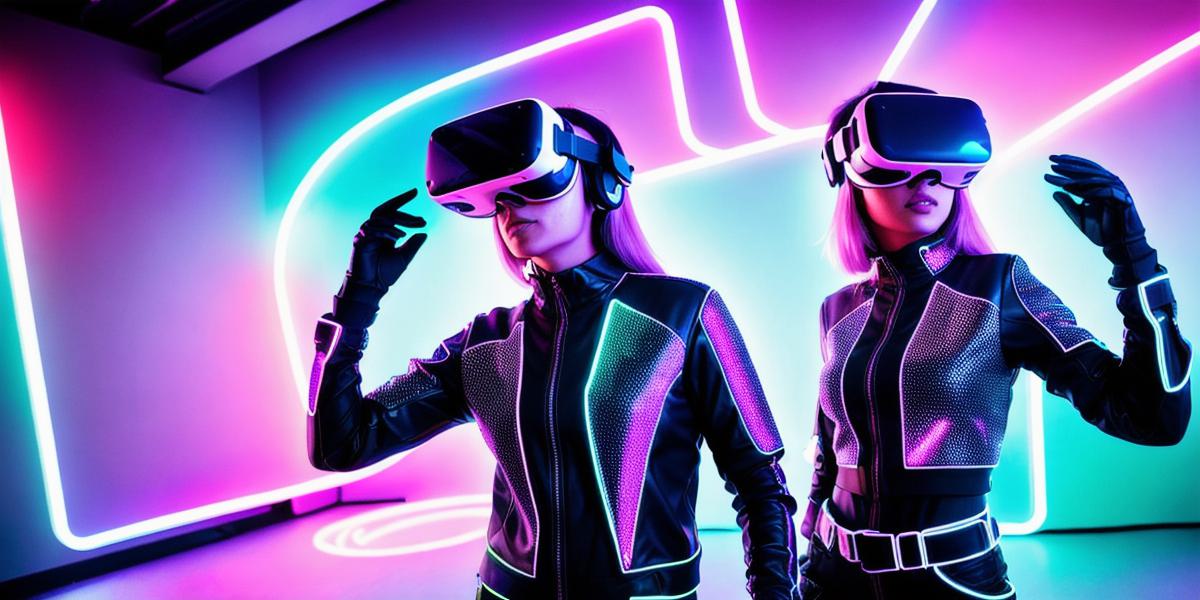The metaverse is a virtual world where people can interact with each other and with digital objects in a three-dimensional space. As the technology behind the metaverse continues to evolve, so too are the trends and developments within this exciting new frontier. In this comprehensive guide, we will explore some of the latest trends in metaverse development and how they are shaping the future of this emerging technology.
1. Decentralization
One of the key trends in metaverse development is decentralization. This means that instead of relying on a centralized authority or platform to host and manage virtual worlds, these worlds are being developed in a more distributed and open way. This allows for greater creativity and innovation, as well as increased resilience and security.
Decentralized metaverses are often built using blockchain technology, which enables secure and transparent transactions between users. For example, the Decentraland platform is a decentralized virtual world that uses blockchain to manage its economy and enable users to buy, sell, and trade virtual assets.
2. Augmented Reality (AR) and Virtual Reality (VR)
Another trend in metaverse development is the use of augmented reality (AR) and virtual reality (VR) technologies. These technologies allow users to immerse themselves in a virtual world and interact with it in a more intuitive and natural way.
For example, the popular game Pokémon Go uses AR technology to enable players to catch virtual creatures in their real-world surroundings. Similarly, the VR platform Oculus Rift allows users to explore fully immersive virtual environments from the comfort of their own homes.
3. Social Interaction and Community Building
Social interaction is a key component of any successful metaverse. Developers are working hard to create virtual worlds that allow people to connect with each other, share experiences, and build communities.
For example, the virtual world Second Life has been around since 2003 and has a thriving community of over 1 million users. In this world, users can create their own avatars, buy and sell virtual goods, and participate in a wide range of activities such as dancing, shopping, and attending concerts.
4. Artificial Intelligence (AI)
Artificial intelligence is also playing an increasingly important role in metaverse development. AI algorithms can be used to create more realistic and interactive virtual environments, as well as to enable more sophisticated interactions between users.

For example, the platform Sansar uses machine learning algorithms to analyze user behavior and make personalized recommendations for content and activities. Similarly, the game Minecraft uses AI to generate procedurally generated worlds that are unique to each player’s experience.
5. Mobile Integration
Finally, mobile integration is another key trend in metaverse development. With more people accessing the internet via their smartphones than ever before, developers are working hard to create virtual worlds that are optimized for mobile devices.
For example, the platform VRChat allows users to interact with each other in a fully immersive virtual environment from their smartphones or tablets. Similarly, the game Fortnite has been hugely successful on mobile platforms and has helped to popularize the concept of the metaverse among a wider audience.
In conclusion, the metaverse is an exciting new frontier for developers, with a wide range of trends and developments shaping its future. Whether you are interested in decentralization, AR/VR, social interaction, AI, or mobile integration, there is no shortage of opportunities to get involved in this rapidly evolving field. As the technology behind the metaverse continues to improve, we can expect to see even more exciting and innovative developments in the years to come.




